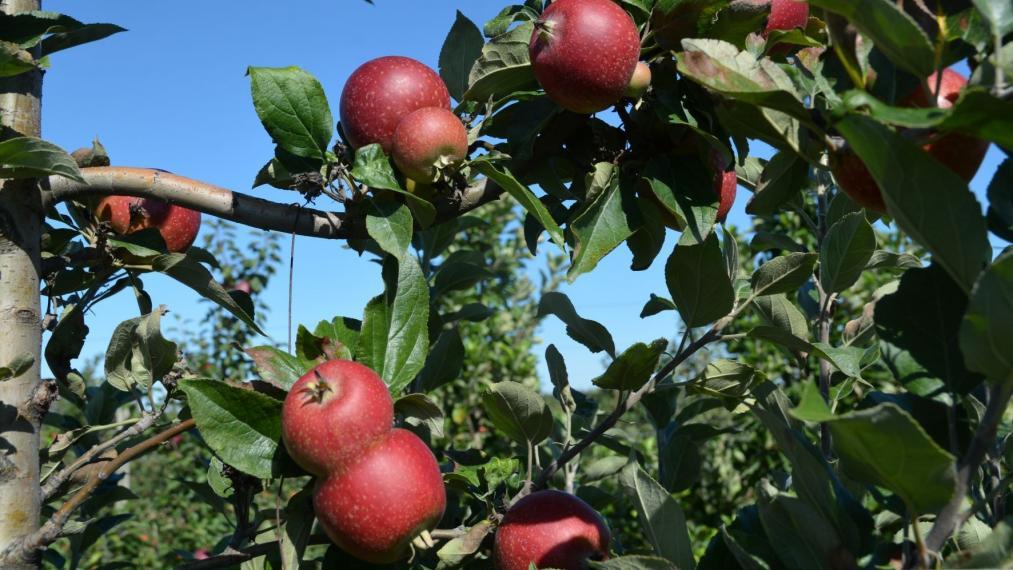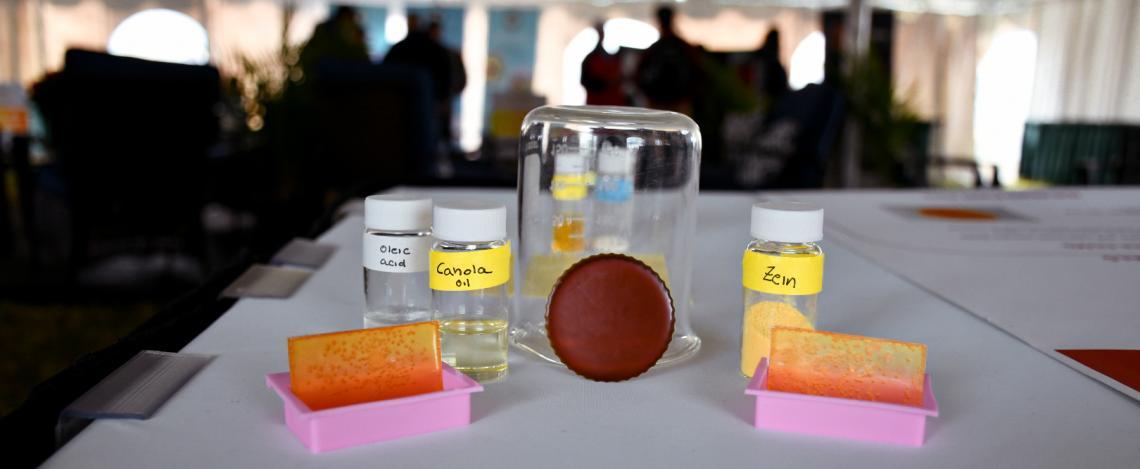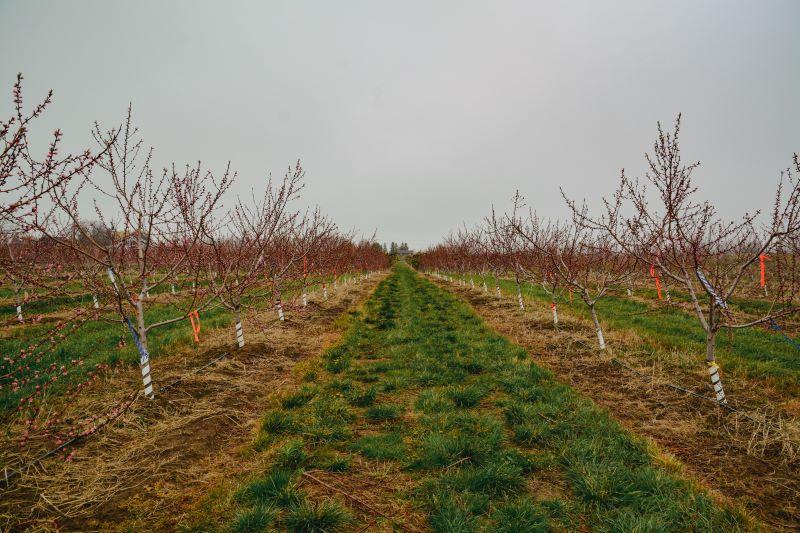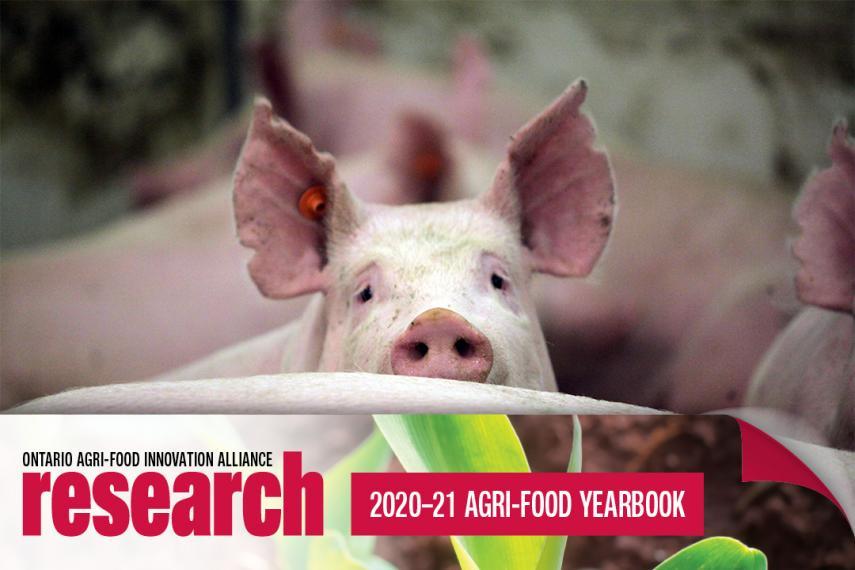Yeast Shows Promise as a Feed Additive for Beef Cattle
Melissa Williams, a U of G animal biosciences doctoral candidate, is investigating yeast as a substitute for antimicrobial use in feed for beef cattle. Her results suggest that yeast has the potential for similar average daily weight gain in beef cattle as traditional additives.
Read the whole story about this research, which is funded in part by the Ontario Ministry of Agriculture, Food and Rural Affairs through the Ontario Agri-Food Innovation Alliance.




